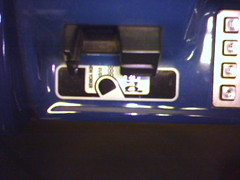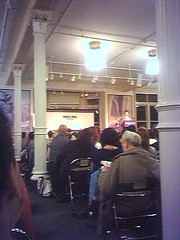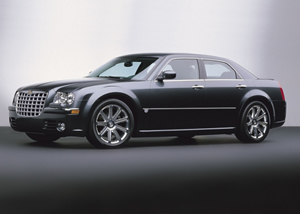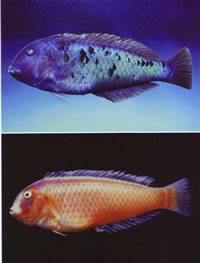I meant to make a note of Barry Schwartz’s The Paradox of Choice a while ago, and was reminded of it as it’s now in paperback. The New Yorker review is, as usual, the best introduction to the topic. Excerpts:
As Herbert Simon, the 1978 Nobel laureate in economics, observed, any firm that tried to make decisions that would “maximize†its returns would bankrupt itself in a never-ending search for the best option. What firms do instead is “satisfice,†to use Simon’s term: they content themselves with results that are “good enough.†Schwartz, who is a close reader of Simon, worries that the profusion of choices we face—a hundred varieties of bug spray, breakfast cereal, extra-virgin olive oil—is turning us into maximizers, and maximizers, he thinks, are prone to misery and depression.
Daniel Kahneman and the late Amos Tversky… once asked subjects whether they’d prefer to be making thirty-five thousand dollars a year while those around them were making thirty-eight thousand or thirty-three thousand while those around them were making thirty thousand. They answered, in effect, that it depends on what the meaning of the word “prefer†is. Sixty-two per cent said they’d be happier in the latter case, but eighty-four per cent said they’d choose the former.
In a study conducted several years ago, shoppers who were offered free samples of six different jams were more likely to buy one than shoppers who were offered free samples of twenty-four. …Schwartz suggests that it has to do with the irrational way people measure “opportunity costs.†Instead of calculating opportunity cost as the value of the single most attractive foregone alternative, we seem to assemble an idealistic composite of all the options foregone.
There are even cases, as Schwartz notes, where just one additional choice can produce outright paralysis. Tversky and the young Princeton psychologist Eldar Shafir asked experimental subjects how they would react to a desirable Sony appliance placed in a shopwindow, radically marked down. The offer met with predictable enthusiasm. When a second appliance, similarly marked down, was placed alongside the bargain Sony, enthusiasm—and sales—dropped. Some hypothetical customers were evidently frozen by indecision.
What about the other approach—trying to choose less? In some measure, we all do this, using a strategy that the Columbia social theorist Jon Elster calls “self-binding.†Gilbert and Wilson note that there is one exception to the rule that hungry people overbuy and sated people underbuy at supermarkets: it’s people who bring a grocery list, which the two psychologists call “a copy of A Theory About What I Will Want in the Future.â€
People are consistently puzzled that so many things they had dreaded—from getting fired to being ditched by a spouse—“turned out for the best.†…A tendency to overestimate the joy we’ll get from buying baubles and winning honors is only half of a complex predisposition. The other half is our enormous capacity for happiness, even in the absence of such things. The surprise isn’t how often we make bad choices; the surprise is how seldom they defeat us.



